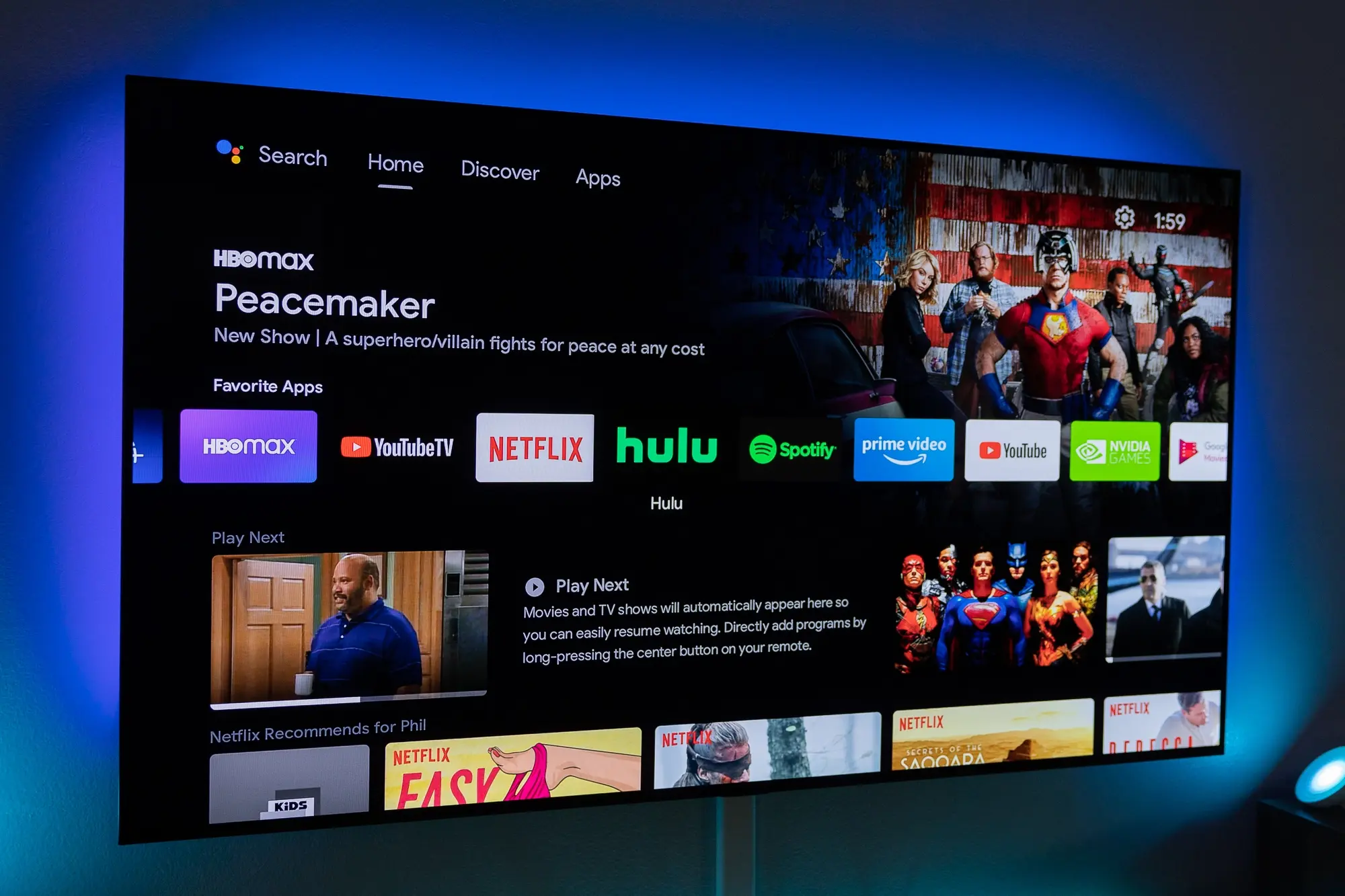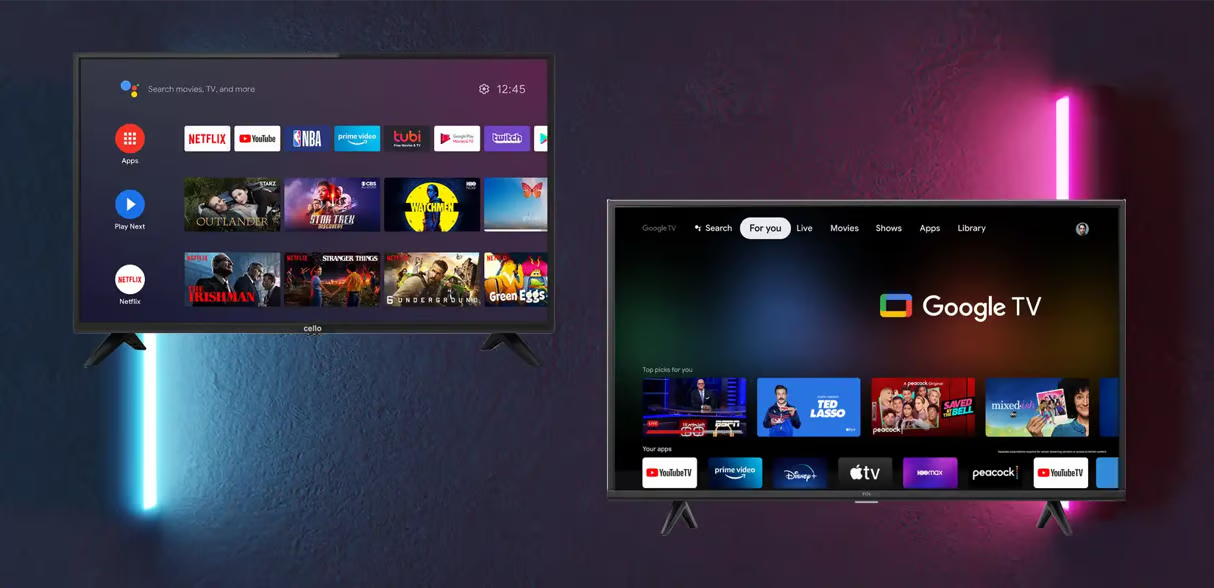
The game theory of branded search advertising
Branded search razzmatazz is the practice of prompting for the ad impressions that are served slantingly search results for keywords welded to a trademark (for instance, the brand’s name). It’s a controversial topic amongst digital advertisers: many, if not most, view it as a sort of “tax” that they must pay in order to be present on the platform that offers the search functionality, expressly on retail platforms where users are presumably searching for very specific products to purchase.
A search for a keyword like “Pampers” on Google Search could be unrelated to commercial intent — the searcher may simply want to read well-nigh the history of the Pampers product or research its commercial ownership. That same search on an e-commerce platform is scrutinizingly certainly motivated by near-term hygienic security. Permitting diaper producers other than Procter & Gamble to bid on the inventory run slantingly searches for that keyword is difficult to defend as anything other than rent-seeking.
Branded search powerfully weaponizes trademark equity: it renders the investment made into trademark recognition and sensation misogynist to be co-opted at the point of a specific search. Companies aspire to build brands; branded search razzmatazz holds that aspiration hostage. It’s difficult to not take a jaundiced view of branded search. It puts companies in the difficult position of having to defensively baby-sit their brands — which they likely established assiduously, over long timelines, and at unconfined expense — versus capture.
A retail platform or digital storefront might defend the practice by declaring that its customers are consumers, not the retailers it serves, and that no retailer is entitled to wholly self-ruling wangle to its aggregated demand. A search for a specific keyword is an obvious signal that the consumer has a trademark in mind, but permitting competitive ads to be served versus search results doesn’t prevent the consumer from finding those products; it merely introduces increasingly optionality to the purchasing process. And anyway, the platform should have no compunction versus monetizing the demand it has piled and made misogynist to its merchant clients. The consumer’s whims will ultimately dictate the platform’s product direction, and if it can monetize its search functionality without alienating the consumer, why shouldn’t it?

Both of these arguments are reasonable, but somewhat abreast the point. In the same way that branded search influences all competitors in a specific vertical, so too does it influence all retail platforms in a specific commercial space. If one merchant bids versus another’s branded keywords, then all merchants must, as a matter of competitive equilibrium; if one retail platform offers branded search, then all must, by the same logic.
The competitive reality for trademark search is that it can be constructive for advertisers in terms of incremental revenue contribution for their own keywords. In a fascinating paper on the topic titled Competitive Razzmatazz on Trademark Search: Traffic Stealing and Click Quality, Simonov and Hill find that, “Offense Is Effective, but Clicks Are Low Quality.” In the paper, the authors determine that:
The nominal metric, CPC [cost-per-click], suggests that focal brands enjoy a much lower CPC than competitors on their own traffic—in the specimen of one to four competitors, focal brands pay $0.52–$0.66 per click, whereas competitors pay $0.96–$1.56 per click.
The orchestration unelevated depicts the same, with “Cost Per Incremental Successful Click,” or CPISC, representing the specimen when a consumer clicks a link and does not quickly (within 30 seconds) return to the search engine (in the specimen of this paper, Bing). Per the orchestration below, the paper finds that, “it is as expensive for a competitor to steal a click from the focal trademark as it is for the focal trademark to defend its traffic.”

In structuring with my treatise above, the paper determines that the primary beneficiaries of the practice of branded search razzmatazz are the search platforms:
In equilibrium, with competitors razzmatazz and focal brands defending, the end outcome is that much of focal brands’ formerly self-ruling traffic is now navigating through paid channels, generating revenue for search engines every time a searcher clicks on the focal brand’s link. Although competitive razzmatazz on trademark search has been deemed legal—under the treatise that such razzmatazz increases competition and informs the end consumer—the results of permitting competitive razzmatazz are a transfer of money from advertisers to platforms. Whether this transfer benefits or hurts the end consumer depends on whether these uneaten financing are passed through to the end consumer by advertisers and how the end consumer benefits from seeing competitors’ paid links.

As unfortunate as advertisers might find the practice of branded search, their competitors are at a disadvantage for those keywords, and on a defensive basis, it’s possible to create incremental value. So how should an forerunner tideway the decision? The simple orchestration whilom — which assumes that incremental value is possible to unzip through defensive branded keyword campaigns, which is my own empirical wits — attempts to map this logic. But there’s an important point to flag: the want for any given branded keyword is likely to be multitudinous, wideness many competitive players within the category, or plane proximal categories. So an forerunner with a branded keyword can’t just consider that their most direct competitor may bid on their branded keyword, but that many competitors will bid on their branded keyword, whether or not they themselves bid. This surfaces two important considerations:
- The transplanting price of the inventory may not increase at all as a result of participation by the trademark owner, given the improved conversion rates for the brand’s ads versus its owned keyword, and the fact that competition exists with or without them;
- Assuming the trademark owner and the competitors all bid at prices that are profitable / rational to them, given the conversion dynamics, the trademark owner should win its branded impressions increasingly commonly than its competitors.
The result of this: the trademark owner gains increasingly by ownership its own branded keywords than it does by abstaining. The competition for its branded keyword is not constrained to a single competitor; that set of competitors likely has to bid higher to win those impressions than the trademark owner does, given structurally lower conversion rates (because they do not sell what the consumer seeks). So the trademark owner should be worldly-wise to win impressions increasingly commonly than its competitors, and if the revenue it generates from doing so is incrementally profitable, then it is rational to buy it. In other words: the trademark owner’s goody from defending its keyword is not only that it displaces its competitors from the inventory, but moreover that it generates incremental profit.

Branded search revenue is incredibly lulu to retail platforms, as I’ve articulated in my series that explores my Everything is an Ad Network thesis: considering these products monetize existing resources (data), they substantially print self-ruling money. And although advertisers wish they didn’t have to defend their own brands, it’s likely inevitable that they’ll have to do so on every important digital storefront on which they operate. Precisely considering brands intrinsically have value — not just to their owners, but to anyone obliquely associated with that brand’s category — then multi-party competition for those branded keywords will unchangingly exist, whether or not the owner participates in branded search.
Acknowledging this reality helps to inform the logic of purchasing branded search keywords defensively. It may be true that digital storefronts goody most from branded search, but so long as the traffic uninventive is incrementally profitable, trademark owners do, too.
Photo by Jose Castillo on Unsplash
.

.jpg)









